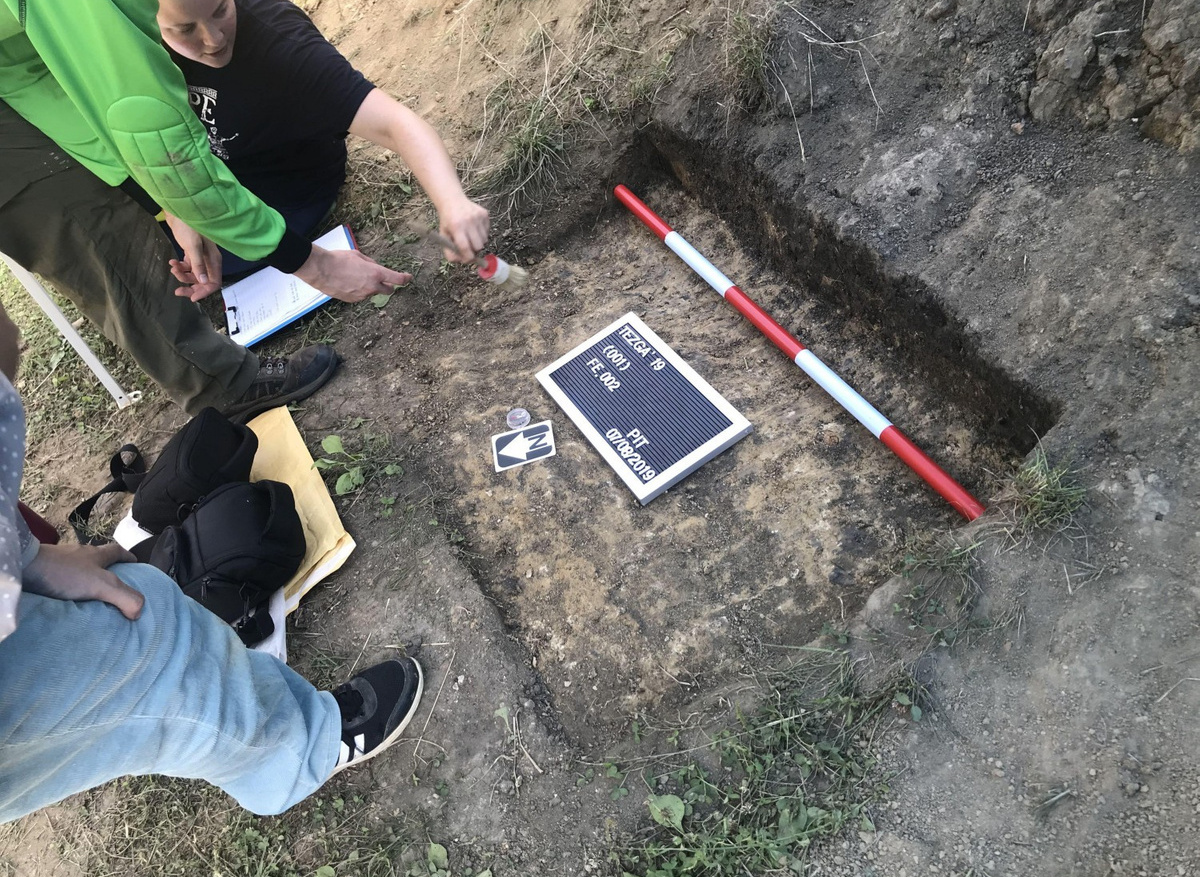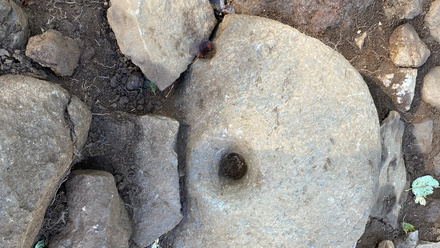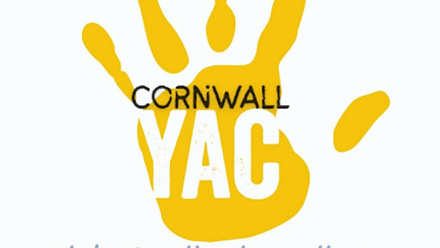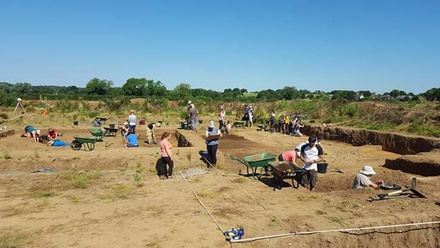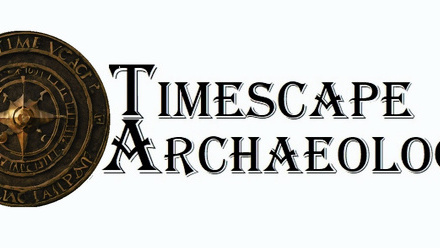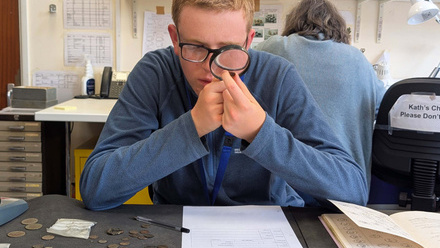As Europe enters yet another turbulent wave of the Coronavirus pandemic, the prospect of archaeological fieldwork may seem but a distant memory to some. While many commercial projects have returned to relative normality, the virus has led to the postponement or cancellation of academic research projects at higher education institutions across the UK. Consequently, a whole generation of students have been deprived of the opportunity to experience archaeological fieldwork or gain the key practical skills that are essential for any individual seeking a career in the heritage sector.
Having recently completed an undergraduate degree in BA Archaeology at the University of Southampton, now is the perfect time to reflect upon one of my most valuable experiences in archaeological fieldwork, and my last prior to the outbreak of the pandemic – the excavation of a Bronze Age “tell” site in Slavonia, Eastern Croatia, during the Summer of 2019.
The Excavation
I was fortunate enough to participate in this project as a compulsory component of my degree, in which all students were required to complete at least three weeks of fieldwork in order to develop a greater understanding of archaeological method and technique. Provided in partnership with UAISK (Association for Archaeological Research of the Spačva Landscape), the project sought to identify evidence of prehistoric human habitation at Tezga, a speculated Bronze Age settlement site, thought to have existed in association with the nearby mortuary complex of Purić-Ljubanj which was discovered several years earlier. This was the first excavation of its kind at this site and as such, required the deployment of extensive archaeological reconnaissance techniques, including a site-wide geophysical survey, fieldwalking, drone-assisted aerial photography, and the use of a total station for site mapping. This enabled us to identify a promising location to excavate, leading to the opening of Trench 1 (pictured above).
During the course of a four-week excavation, the team made several novel discoveries. Principally, the existence of an early-middle Bronze Age settlement was confirmed via the discovery of substantial quantities of daub, a clay-based building material, and Belegiš style ceramic pottery, as well as several distinct post holes. There was also considerable evidence of lithic processing and rudimentary bronzeworking at Tezga, suggesting that the occupants of the site were well placed to efficiently exploit local resources. While further research is certainly required in order to fully investigate the nature of human activity at the site, our initial research has provided a sufficient basis from which to conduct additional excavation in future years.
A Unique Cultural Experience
The project also served as a fascinating opportunity to experience the culture and local customs of this rural region of Eastern Croatia. A far cry away from the world-renowned tourist hotspots of Split and Dubrovnik on the Adriatic Coast, Tezga is located deep within Slavonia, the agricultural heartland of the country, where both history and tradition are highly revered. We sampled a number of regional dishes, such as the Ćevapi, a grilled dish of minced meat, and most notably, Rakija, an exceptionally potent home-brewed plum brandy that is particularly popular among locals. In addition to the excavation, our trip also involved several excursions to nearby towns, including a wine tasting tour in the Danubian town of Ilok and a day trip into the Republika Srpska, an administrative region of Bosnia, that had yet to fully recover from the 1991-2001 Yugoslav Wars.
The shadow of war loomed large throughout our time in Croatia. The Spačva River served as the frontline during the Croatian War of Independence (1991-1995) and as a result¸ the area was still scattered with trenches, concrete bunkers, and other military installations. Discarded ammunition was frequently found while excavating on-site and the danger of encountering an unexploded land mine was a very real threat that we were advised to be vigilant of. Several Croat members of the team occasionally retold chilling accounts of their experiences as members of the armed forces during the war, offering a poignant reminder of this darker side of the region’s heritage that sharply contrasted the somewhat tranquil nature of our archaeological investigation.
The Climate Crisis and Habitat Conservation
Another especially distressing issue raised during our time in Croatia was that of the ongoing climate crisis and the effects of global warming. The densely forested Spačva River basin had recently become under severe threat from the Corythucha Arcuata, an invasive species of Lace Bug which can cause disease and death among infected trees. Once native to the Oak forests of North America, the insect is now abundant throughout Slavonia’s ancient woodland and presents an immense threat to the local ecosystem. Throughout our time at Tezga, we observed the collapse of several large oak trees, signifying the rapid pace of environmental degradation in the region. Sadly, attempts by the local forestry commission to tackle Lace Bug incursions and preserve this unique habitat had so far been unsuccessful. As our first opportunity to witness the current climate crisis first-hand, this experience had a profound effect on our group, leading several members of the team to participate in climate activism once we returned home.
Final Reflections
As a deeply intimate discipline, archaeology relies upon close human interaction and cooperation with tightly-knit community groups in order to develop accurate reconstructions of past societies. This has proved immensely difficult during a time of social distancing, physical isolation, and widespread uncertainty. Following the success of our work at Tezga, two follow-up excavations were planned for the summers of 2020 and 2021. However, due to Covid-19 travel restrictions that have been in place since the pandemic began, we have been unable to return to complete any further research. Similar university-sponsored projects have also been postponed across the country. These fieldwork placements form an integral component of any archaeological degree and it is imperative that subsequent generations of students are not excluded from participation in such remarkable experiences.
Contact details
Jamie Corless
Council for British Archaeology

